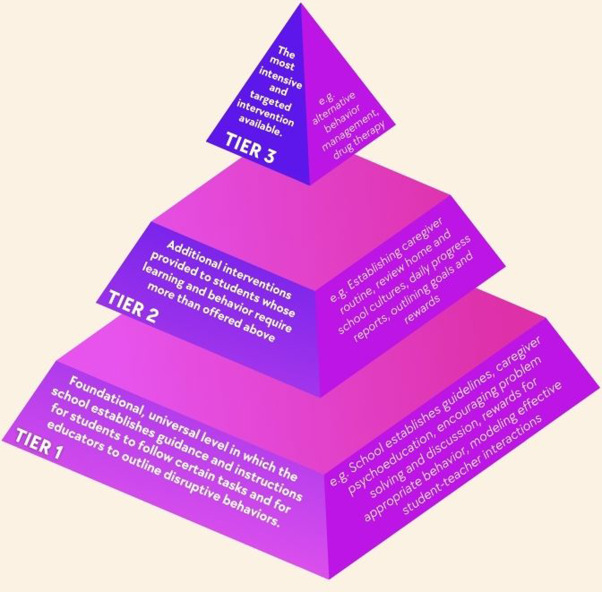Elsevier,
Translational Surgery
Handbook for Designing and Conducting Clinical and Translational Research
2023, Pages 591-597
The extensive history of abuse and ongoing mistreatment of Black Americans continues to foster apprehension and distrust of healthcare providers. This has resulted in substantial barriers for modern healthcare to appropriately address the needs of Black patients. These concerns have been visibly manifested during the COVID-19 pandemic. This article supports WHO SDG 3 Good Health and Wellbeing and SDG10 Reduced Inequalities.
Elsevier,
The Thinking Healthcare System
Artificial Intelligence and Human Equity
2023, Pages 99-129
Highlights the 21st century's fundamental “global health” reformulation of PubHealth and anticolonial resistance (to a perceived cultural imperialism of the West including in PubHealth) supporting SDG 3.
Elsevier,
Clinical Decision Support and Beyond (Third Edition)
Progress and Opportunities in Knowledge-Enhanced Health and Healthcare
2023, Pages 707-714
Clinical Decision support provides an effective tool to minimize many of the drivers of health disparities in healthcare. There is promising evidence that these tools can serve to promote equity across the healthcare spectrum supporting SDG 3. However, future iterations require a focus on equity from the start and inclusive and sustainable development, implementation, and evaluation practices.
Elsevier,
Emerging Practices in Telehealth
Best Practices in a Rapidly Changing Field
2023, Pages 163-182
The need and opportunities for global health strategies to leverage the power of digital health technology to improve healthcare outcomes are growing. Telehealth and other digital health products and services are becoming increasingly important in this effort, and methodical strategies should be used to evaluate the need, application, integration, maintenance, and scaling of such solutions. With the correct attention upon these areas, digital health can serve as a catalyst to improve healthcare outcomes and reduce disparities across the world, supporting SDG3.
According to this review, life expectancy is reduced for Aboriginal and Torres Strait Islanders in comparison to other residents of Australia. This paper calls for indigenous researchers to be involved in implementing relevant health design with local communities in order to bridge the gap.
This article estimates the coverage of Tackling Indigenous Smoking (TIS) teams in Australia and highlights that expanding the programme to a higher proportion of the Aboriginal and Torres Strait Islander population is an important step towards ensuring equitable access to tobacco control.
This article focuses on listening to new mothers and family to create the right space for the new born with a focus on changes needing to be made to current western type policies.
This article supports SDG 3 and 9 by describing a survey of health-care workers in New Zealand on the acceptability of PPE disinfection and reuse to reduce waste and increase availability and sustainability; the survey that this practice was common and had high acceptability, contingent on availability of scientific evidence in support of the disinfection process, and workers' trust in the organisation undertaking the disinfection
This content aligns with Goal 3: Good Health and Wellbeing as well as Goal 10: Reduced Inequalities by recognizing the importance of addressing health needs across various life stages within the family unit, emphasizing the significance of equal rights and access to healthcare for women, children, and men. It underscores the role of family and community support in promoting health through factors such as nutrition, education, and social and mental well-being, contributing to the overall health and well-being of individuals. Additionally, the discussion of the impact of aging on both individuals and families highlights the need for comprehensive health and social support systems to address the challenges associated with aging, thereby promoting good health and well-being for all members of society. Furthermore, acknowledges the influence of social inequities, poverty, and other factors such as displacement and mass trauma on family health. By advocating for the reduction of poverty and the provision of social support systems, the content supports efforts to reduce inequalities in access to healthcare and promote equitable health outcomes for all members of society.
Drug resistance became widely recognized global threats in last two decades. Knowledge of drug resistance, development of new vaccines and medicines, public awareness program, government support (policies and incentive), development of new diagnostic tool, industrial support in medical research are the need of the hour that will help the mankind to fight back and deal with drug resistance and helps to support SDG3.

